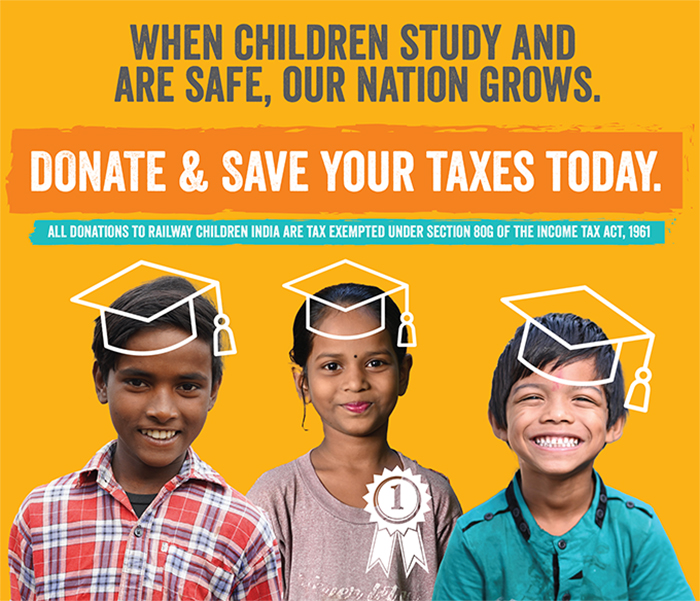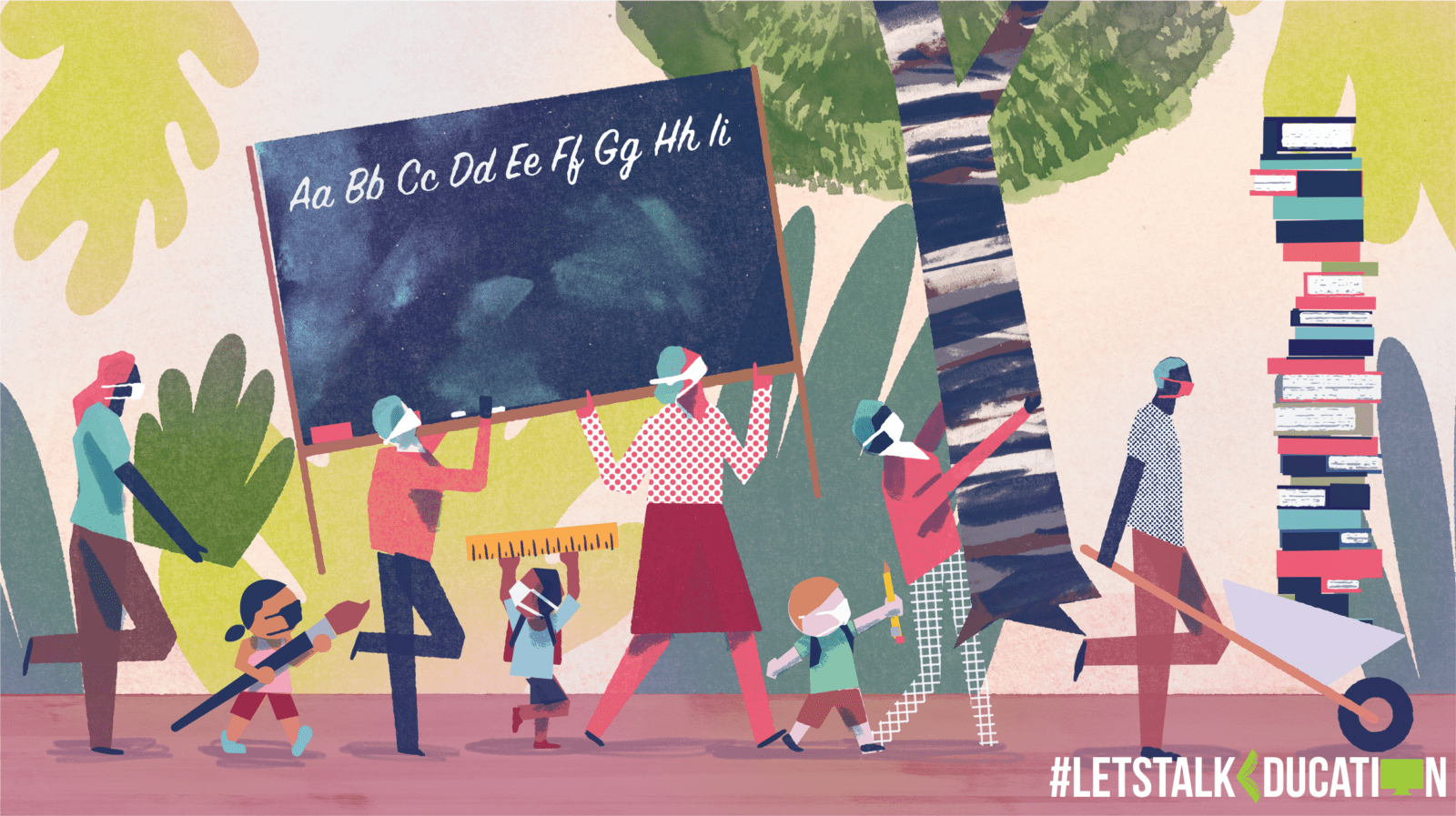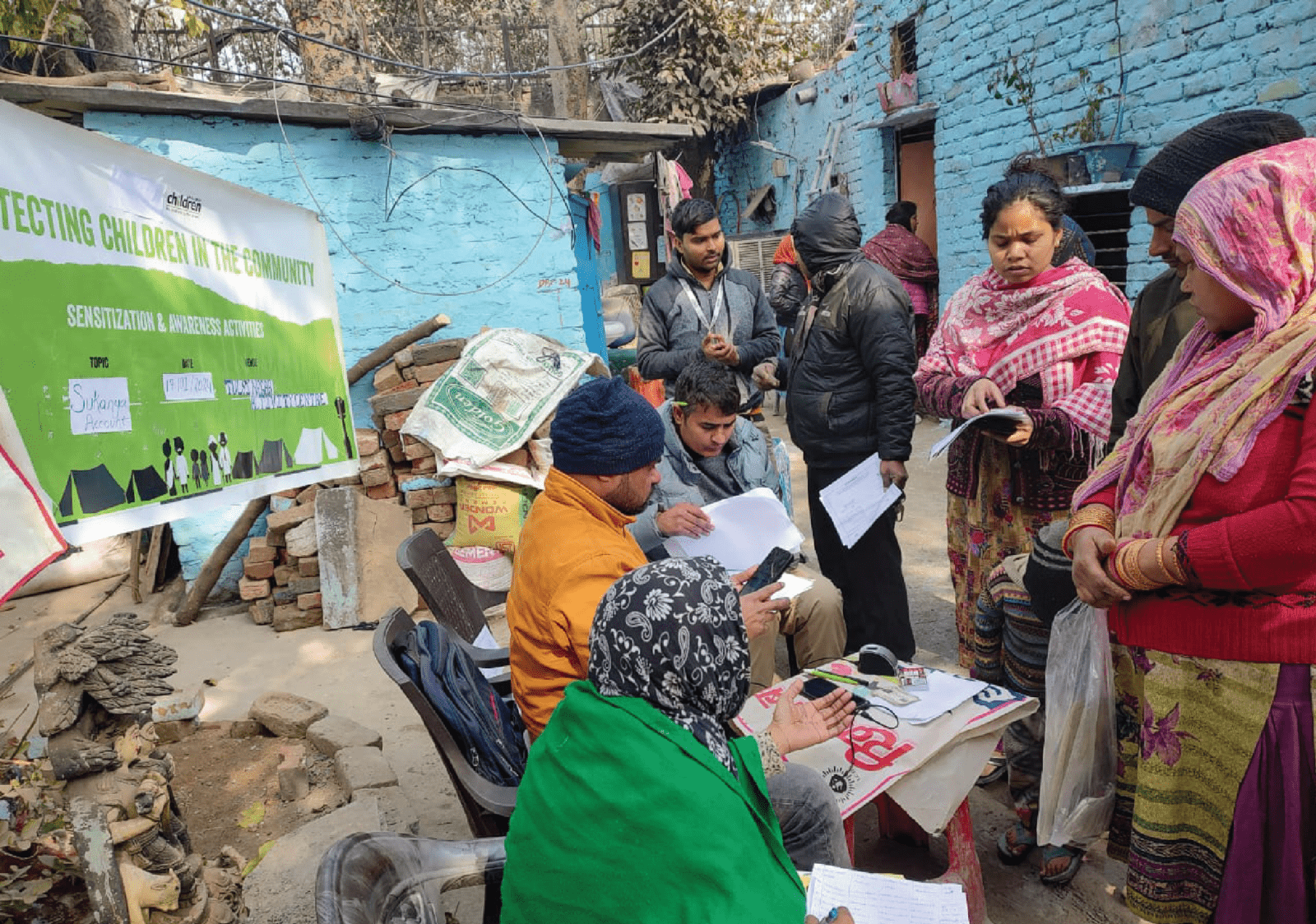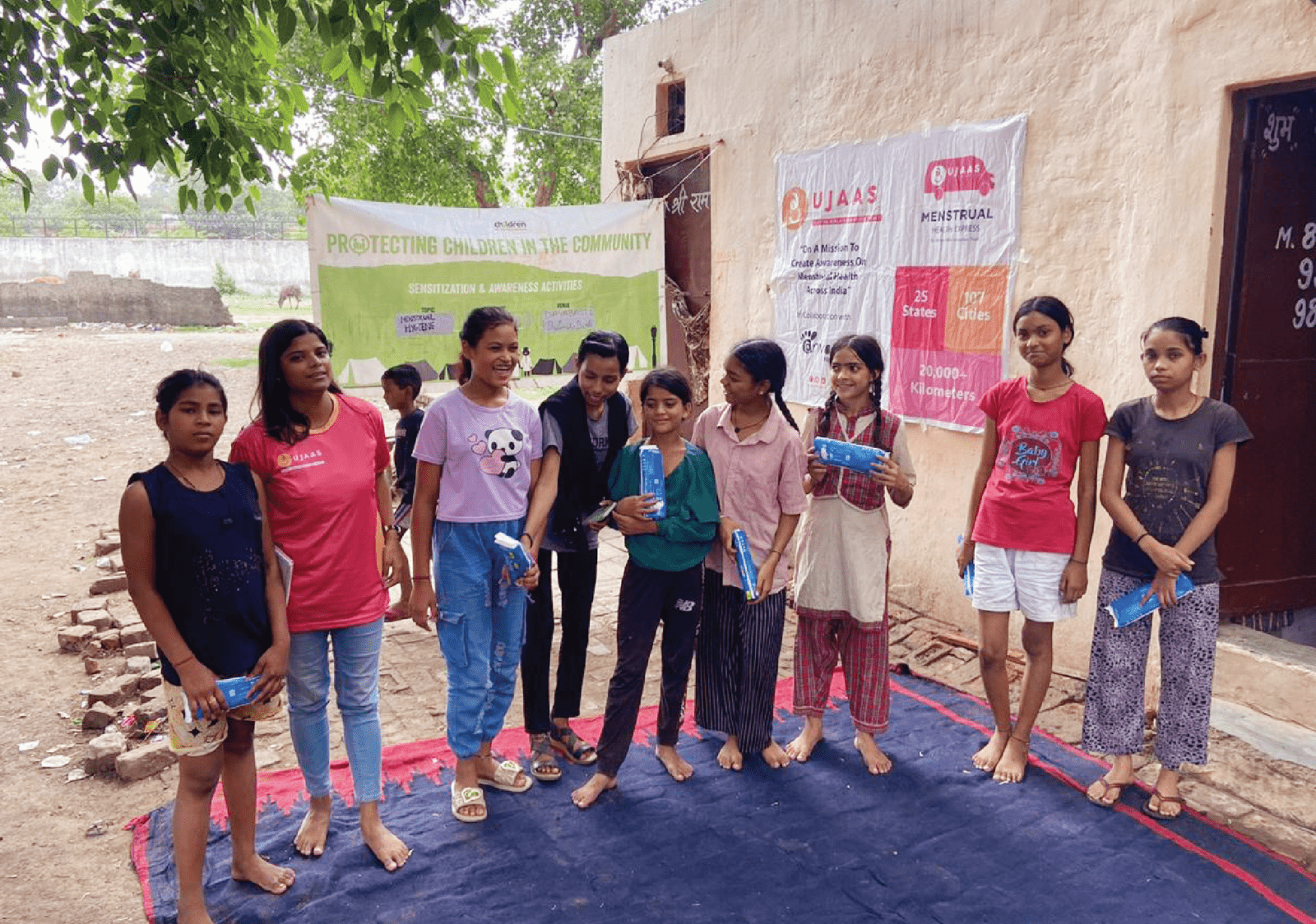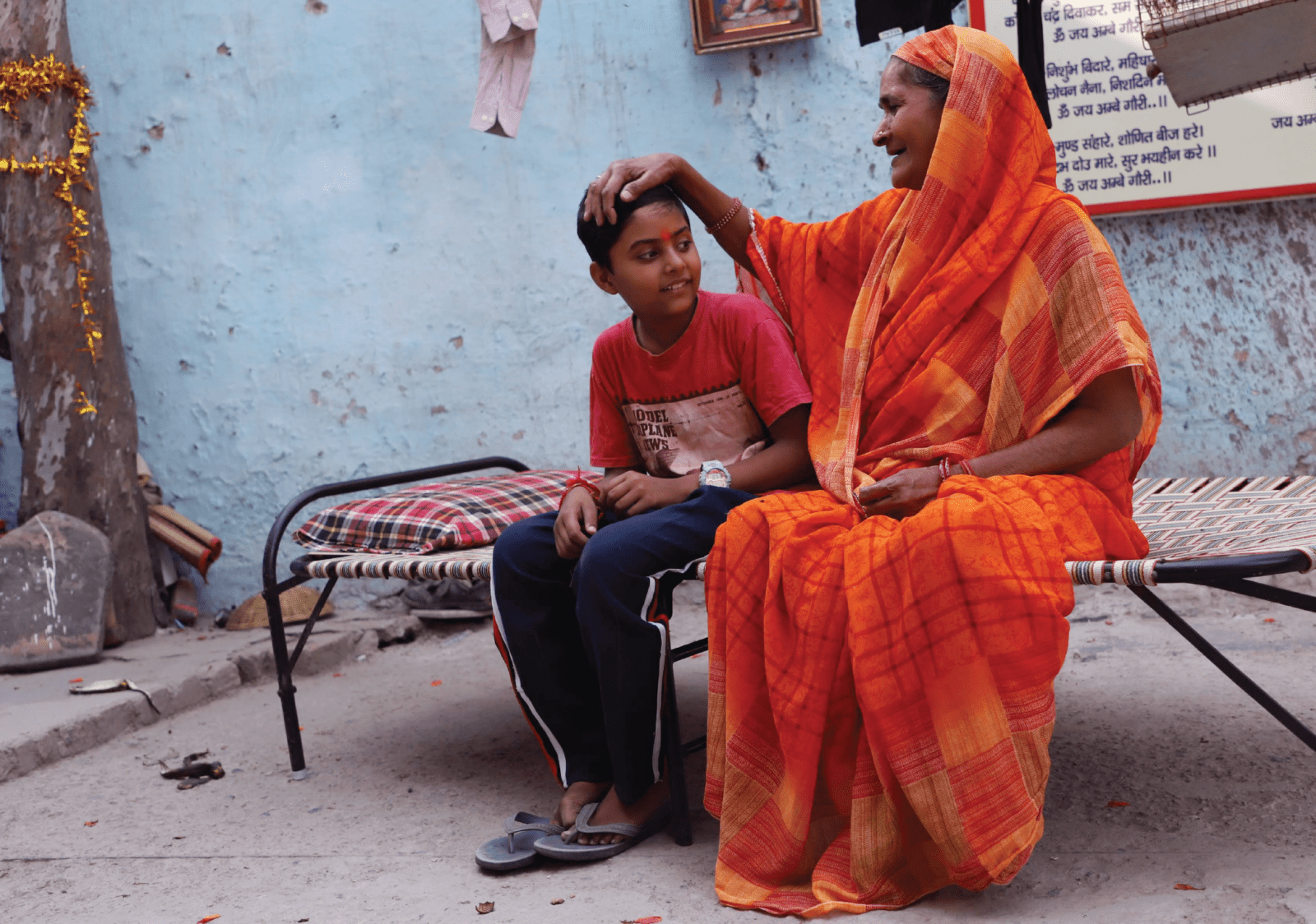A child’s right to a safe, inclusive and good-quality education does not end when schools are closed. The impact of school closures extends beyond disruption to children’s learning and carries other major risks to the most marginalised children, all of which are exacerbated with lockdown regulations as well. In the education response to school closure, it is essential that learning is kept alive while effectively addressing the potential outcomes and impacts.
During the pandemic, alternative ways have been found all around the world to ensure the continuation of education. Young people can continue developing and learning from home so that they feel prepared to go back to schools when the situation normalizes. However, there are several gaps in inclusivity and access involved in these measures.
Adapted from Save The Children’s Report – Save Our Education
1.DELIVER INCLUSIVE DISTANCE LEARNING WHILE SCHOOLS ARE CLOSED
The ‘digital divide,’ refers to the gap between individuals and families with different income levels and therefore different levels of access to the internet. Wealthier families are generally better able to maintain their children’s learning while at home. They also have the resources of knowledge and time to support the child’s online learning. For lower income families, these resources, if present, are few and far in between.
Access to technology is often seen in a binary way, but these are all factors that affect a child’s experience of education. Disparities get heightened for children in such an environment and can have negative emotional and psychological effects on a child. This is not the only type of divide. Studies show that in low and middle-income countries, access to mobile internet is lower by 23% for women and girls. For children with disabilities, these methods may not be effective at all. Governments, donors, partners and community members have to come together with educators to develop gender sensitive, inclusive and viable solutions so that education can continue with as little disruption as possible while schools are closed. Education must continue in a contextually relevant manner to meet the needs of different children, so that all children can avail the right to education.
2.SUPPORT PARENTS AND CAREGIVERS TO ENABLE CHILDREN’S WELLBEING AND LEARNING AT HOME
Parents and caregivers play an important role when children use technology as a means for learning. Studies show that even in poorer households and families with limited literacy, parental and sibling engagement and support add significantly to the learning outcomes of the child.
During these times of stress and uncertainty, parents and caregivers need to be supported to provide children with a safe and loving home environment. With stressors to families as a whole, giving caregivers the information to create support during such times goes a long way in enabling the child’s wellbeing and ability to learn. These can include very simple measures and tips of how to create a routine and cope with stress. These benefit the child as well as the family’s wellbeing.
3.SUPPORT TEACHERS AND THE EDUCATION WORKFORCE
As governments scale up health and social protection services during the pandemic, public budgets are under an increasing strain as the financial situation worsens. In many countries, this has led to education support personnel, contract teachers, and substitute teachers losing their jobs and having their livelihoods risked. Keeping teachers connected during this crisis and supporting them to provide distance learning and student outreach could have significant long-term gains for teacher wellbeing and professional motivation.
Teachers are not immune from the impact of COVID-19 and school closures. They risk becoming isolated from their colleagues and students, and face uncertainties in their roles as facilitators to children. In line with the Sustainable Development Goal 1.3, social protection floors like basic unemployment benefits, child benefits, etc. must be implemented, especially in times of crisis. Such efforts can significantly mitigate the risks that COVID-19 has created for teachers and education support staff and enables them to support their dependents and facilitate their students in a healthy and stress-free environment.
4.ENSURE CHILDREN ARE PROTECTED WHILE LEARNING AT HOME
For many vulnerable children, school provides a haven from violence and other threats, as well as access to services like social welfare, mental health and psychosocial support. With the COVID-19 pandemic and lockdown, hundreds of millions of children around the world are likely facing increasing threats to their safety and wellbeing, including violence, gender-based violence, exploitation, social exclusion and separation from caregivers.
Interruption of formal education is one of the most significant stressors in post conflict settings, especially since schooling is perceived by children and their families as a route out of poverty to a more prosperous life. Under lockdowns, risk factors or violence, abuse and neglect are on the rise for children and COVID-19 prevention measures may have therefore cut children off from positive and supportive relationships they may rely upon, whether at school, in the extended family or in the community. Adequate steps to safeguard children in times of uncertainty have to be in place, so that children are protected, and vulnerabilities are not further exploited in the period of lockdown.
5.CONTINUE SCHOOL FEEDING PROGRAMME
For the most vulnerable children, meals and snacks provided at school are usually a lifeline that keep them free from hunger while ensuring they have access to education. The World Food Programme estimates that 352 million children globally (47% of them girls) are missing out on school meals because of COVID-19 school closures.
India has the biggest school feeding programme in the world with the Mid-Day Meal, but the school closures indicate that 90 million girls and boys are no longer receiving them. School feeding programmes are frequently a vital component in how poor families meet their needs, they are frequently a vital determinant why families decide to continue sending their children to school. Children receive the energy to fulfil their potential at school and develop healthier food practices that then extend to their families and communities.
During the pandemic, the central government has committed to reach the vulnerable school-aged children with alternative school feeding, but how this will be delivered – by cash transfers or delivering uncooked grains or meals – is still something that has not been decided yet. Combining food security and education policy enables children and their families to feel protected when times of uncertainty like the COVID-19 pandemic hits.


